Have you ever wondered about those tiny logos printed on the back of your electronics? What is the deal with those? What do they mean? Read on to learn about the various certifications and standards for electronic devices.
UL Listed
Underwriters Labs, or UL is a company that tests, inspects and certifies many types of products to ensure safety and reliability standards are being met. Governments, insurance companies and other stake holders often require that products are tested for flammability, electrocution hazard, child safety, etc.. The UL Listed mark means a sample of that product has been inspected and tested by UL, and is in compliance with the standards referred to by the code below the symbol.
In this example, UL2108 is a set of requirements for “low voltage lighting systems and components intended for permanent installation and for use in locations in accordance with the National Electrical Code.” The specific requirements of each UL code can be referenced in the UL Standards Catalog online at: https://standardscatalog.ul.com
UL Recognized
The UL Recognized Component Mark means that the product has been tested as a component to be used in a larger system or end-product. As it applies to LTF, our products that are UL Recognized but not UL listed, these components are intended to be isolated inside fixtures, remote enclosures, junction boxes and OEM products, just to name a few. The standards for UL Recognized are less stringent than UL Listed because the UL Recognized component will presumably have additional protection from moisture, heat, etc. inside a product or enclosure.
RoHS Compliant
RoHS is an acronym for “Restriction of Hazardous Substances.” According to this set of regulations, any electronic component or product intended for sale within the European Union must be tested and certified as free of several banned substances. Specifically, toxic heavy metals like lead, mercury and cadmium, as well as volatile compounds like phthalates, polybrominated biphenyls and diphenyl ethers. The restriction is intended to prevent these substances from harming workers during manufacturing and recycling, and to avoid polluting landfills.
FCC Part 15 Class B
This certification from the U.S. Federal Communications Commission requires that electronic devices are tested for emissions of radio frequency energy. The acceptable level of RF emission under FCC Part 15 Class B is designed to reasonably limit interference with radio and television signals in a residential installation, when using the approved electronic device according to its operating instructions.
CE Certification
The CE marking is a certification mark that indicates conformity with health, safety, and environmental protection standards for products sold within the European Economic Area (EEA). The CE marking is also found on products sold outside the EEA that are manufactured in, or designed to be sold in, the EEA.
California Title 24 Compliant
Title 24 of the California Code of Regulations, known as the California Building Standards Code or just “Title 24,” contains the regulations that govern the construction of buildings in California. The aim of these regulations is to maximize energy efficiency and preserve outdoor and indoor environmental quality. The standards set for lighting are mandatory for new buildings in California and include rules such as: “All lighting attached to the residence or to other buildings on the same lot must be high efficacy, and must be controlled by a manual ON and OFF switch and an automatic control, i.e. Photocontrol, motion sensor or timer, to ensure outdoor lighting is not accidentally left on during daylight hours.”
ETL Intertek Listed
Intertek, also known as “Electrical Testing Laboratories” or “ETL” tests and certifies products according to standards set by regulatory bodies such as OSHA, ANSI, NOM and many others. The ETL Mark is proof of product compliance to North American safety standards. Authorities Having Jurisdiction(AHJs) and code officials across the US and Canada accept the ETL Listed mark as proof of product compliance to published industry standards.
IP20, IP65, IP67, etc.
These codes refer to an international standard of “Ingress Protection” (IP) for electronics against foreign objects and moisture. The first digit specifies the size of solids (dust, wires, screws, fingers) that a component is protected against, on a scale from 0 to 6. 0 means no protection, 4 is protected against objects greater than 1mm, and 6 is completely sealed from dust and debris.
The second digit specifies the level of protection against liquid entering the component. On a scale from 0 to 8, with 0 offering no protection, 1 can withstand dripping water, 4 is protected against spraying water, and 8 can be continuously submerged in water beyond 1 meter deep.
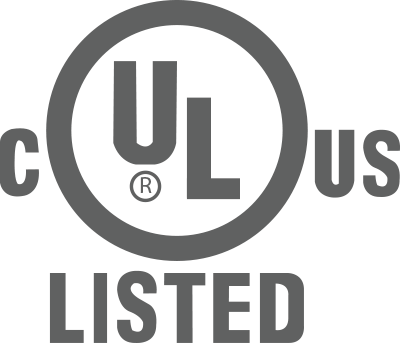
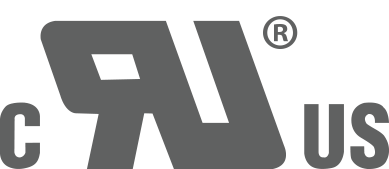

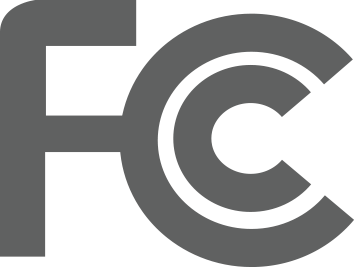

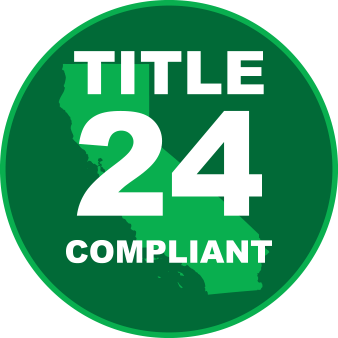
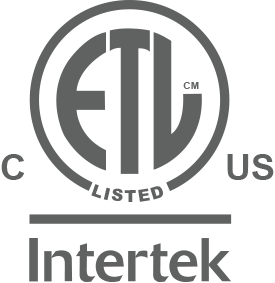




Recent Comments